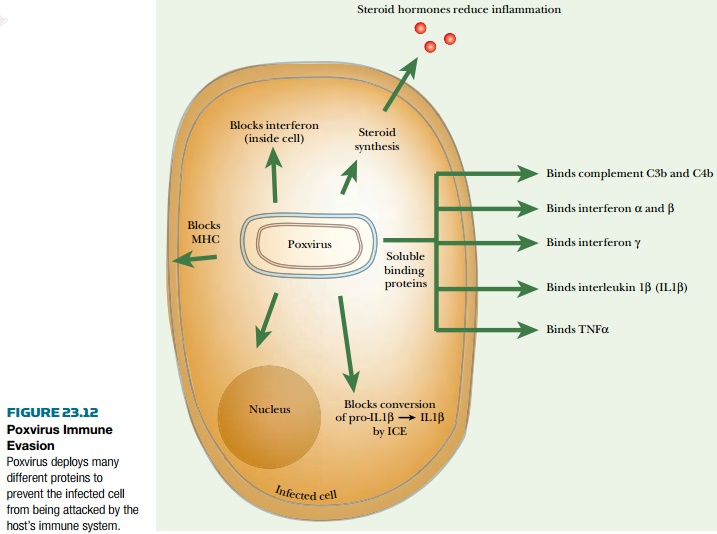Chapter: Biotechnology Applying the Genetic Revolution: Biowarfare and Bioterrorism
Genetic Engineering of Infectious Agents
GENETIC
ENGINEERING OF INFECTIOUS AGENTS
It is often suggested that genetic
engineering could be used to create more dangerous versions of infectious
agents. Although there is some truth in this assertion, there is also a great
deal of exaggeration. Suppose we take a harmless laboratory bacterium such as E.
coliand engineer it. The bacteria could be engineered to invade the
intestinal wall after being swallowed and to invade other cells. Other genes
could be added for ripping vital supplies of iron away from blood cells. And
finally, we could add genes for potent toxins that kill human cells. What we
would actually achieve is to convert Escherichia coli into its near relative,
Yersinia pestis , which causes the bubonic plague—a disease that already
exists and is endemic today in India, China, and California!
The reason we are not all dying of
virulent epidemics is not any lack of dangerous pathogens, but the existence of
modern hygiene and vaccination programs. Given the right conditions, diseases
that already exist are quite capable of decimating human populations. From this
perspective, the improvement of diseases by genetic engineering is a relatively
minor threat.
As regards actual engineering of human
infectious diseases, the Soviet germ warfare facility is known to have modified
smallpox virus and generated a variety of artificial mutants and hybrids. The
details are largely unavailable. However, certain recent experiments with
mousepox ( Ectromelia virus) have given disturbing results. Mousepox is
related to smallpox, but it only infects mice. Its virulence varies greatly
depending on the strain of mouse. Genetically resistant mice rely on
cell-mediated immunity, rather than antibodies. Natural killer cells and
cytotoxic T cells both destroy cells infected with mousepox virus, thus clearing
the virus from the body.
Researchers modified mousepox virus by
inserting the human gene for the cytokine interleukin 4 (IL-4) . IL-4 is known
to stimulate the division of B cells, which synthesize antibodies. The
rationale for engineering the virus was that IL-4 would stimulate the production
of antibodies and lead to an improved and more balanced immune response. What
actually happened was the opposite of what was expected: the creation of a
virus with vastly greater virulence. Not only did it kill all of the genetically
resistant mice, but it also killed 50% of mice that had been vaccinated against
mousepox. The expression of excess IL-4 suppressed the NK cells and cytotoxic T
cells. Furthermore, it failed to increase the antibody response. The reasons
are not fully understood at present, but do serve to remind us that the immune
system is under extremely complex control.

Similar results have been seen with
strains of Vaccinia virus, used for vaccination. Whether insertion of
IL-4 or other immune regulators into smallpox itself would lead to increased virulence
by undermining the immune response is unknown. Poxviruses already carry genes designed
to protect the virus by interfering with the action of NK cells and cytotoxic T
cells ( Fig. 23.12 ). These are the cytokine response modifier genes ( crm genes),
and they vary in effectiveness between different poxviruses. Thus it is
possible that one reason why smallpox is so virulent is that it already
subverts the body’s cell-mediated immune response. In this case, addition of
IL-4 would be expected to give little or no further increase in virulence.
Related Topics